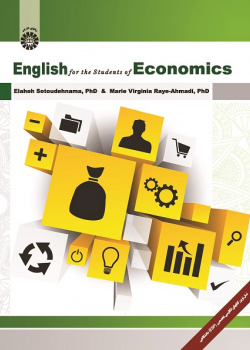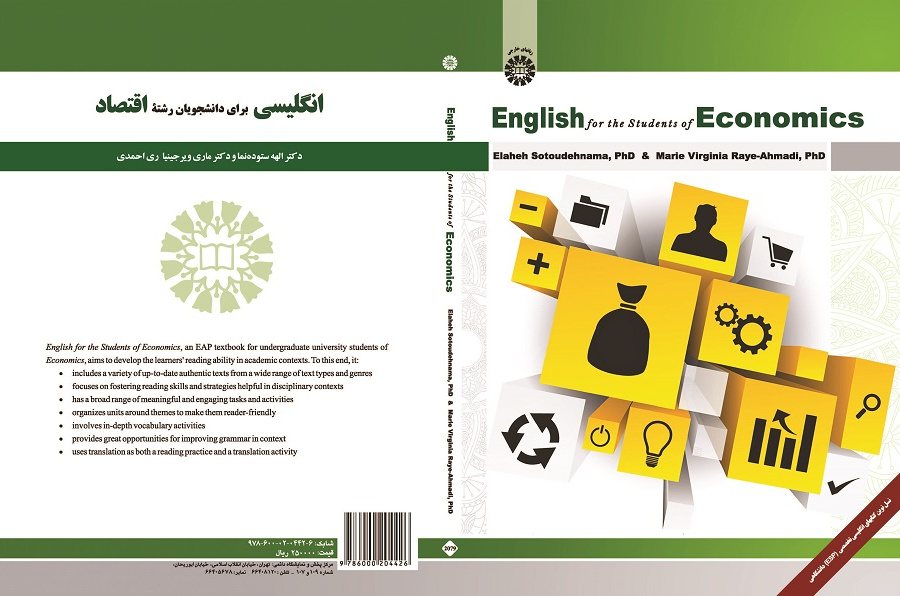

English for the Students of Economics
English for the Students of Economics, an EAP textbook for undergraduate university students of Economics, aims to develop the learners’ reading ability in academic contexts. To this end, it:
• includes a variety of up-to-date authentic texts from a wide range of text types and genres
• focuses on fostering reading skills and strategies helpful in disciplinary contexts
• has a broad range of meaningful and engaging tasks and activities
• organizes units around themes to make them reader-friendly
• involves in-depth vocabulary activities
• provides great opportunities for improving grammar in context
• uses translation as both a reading practice and a translation activity
Schematic Chart
Introduction
Unit One: General
Reading 1: Basic Concepts in Economics
Reading 2: The Circular Flow of Income
Unit Two: Microeconomics
Reading 1: Economics Basics: Supply and Demand
Reading 2: Estimating Supply and Demand in the World Oil Market
Unit Three: Macroeconomics: Supply and Demand
Reading 1: Aggregate Supply and Demand
Reading 2: Income and Substitution Effects
Unit Four: Macroeconomics vs. Microeconomics
Reading 1: How Can We Best Increase Our Nation’s Wealth
Reading 2: Economics as a Study of Provisioning
Unit Five: A Look at Keynes and Economics
Reading 1: Keynesian Economics
Reading 2: John Maynard Keynes
Unit Six: New Keynesian Economics
Reading 1: Change to the Classic Approach
Reading 2: Depressions in Monetary Disequilibrium
Unit Seven: Phillips Curve
Reading 1: The Successful Economy
Reading 2: Examining the Phillips Curve
Unit Eight: Government Policies
Reading 1: Fiscal Policy
Reading 2: Level of Output with Government Expenditures or Taxes
Unit Nine: Production Possibilities Frontier
Reading 1: Production Choices
Reading 2: Feasible Outputs
Unit Ten: Money and Monetary Issues
Reading 1: Money and Banks
Reading 2: Semantic Traps: Money, Income, and Wealth
Unit Eleven: Markets
Reading 1: Free Markets and Prosperity
Reading 2: Firms and Market Structure
Unit Twelve: Islamic Economics
Reading 1: Monetary Management in an Islamic Economy
Reading 2: An Introduction to Modern Islamic Economics and Finance
Unit Thirteen: Unemployment
Reading 1: Did Spain Have a 24% Unemployment Rate in 1994?
Reading 2: Unemployment Classification
References





